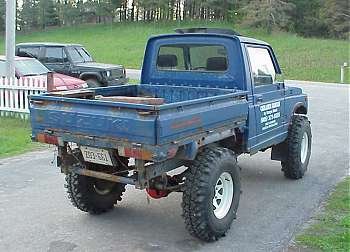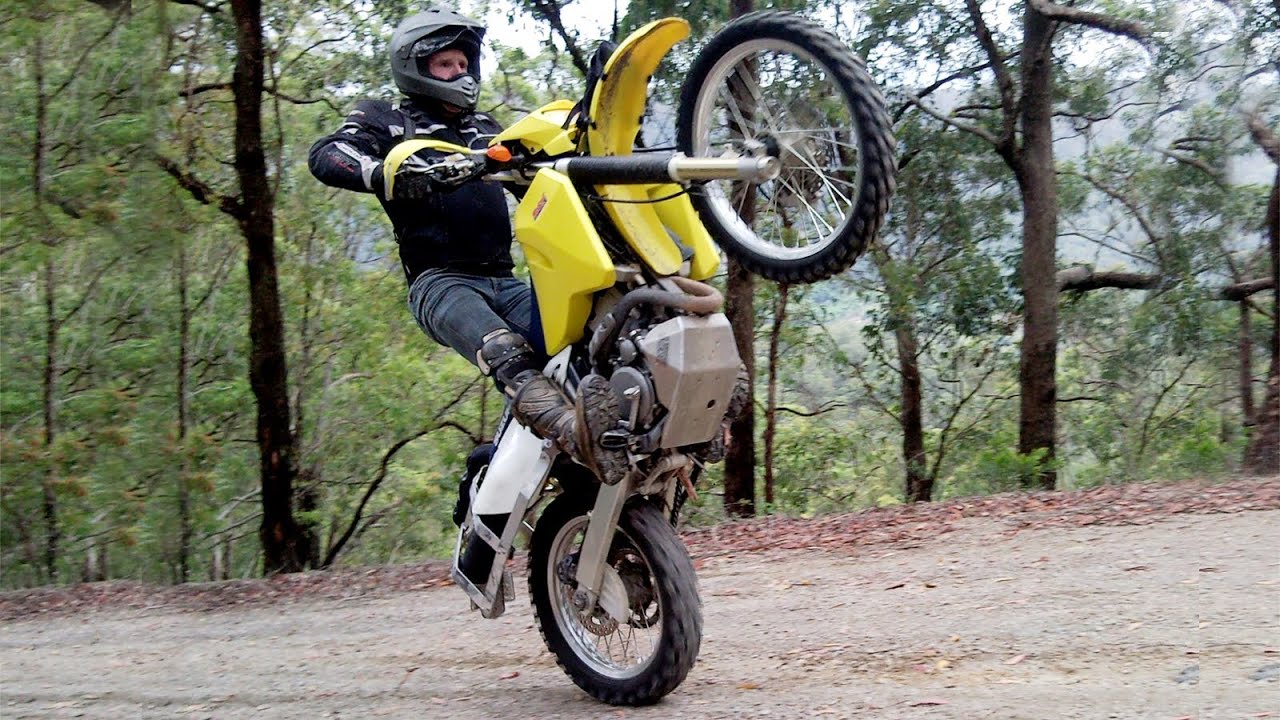Everytime someone plays the width card, which really only applies to tight trails and wheeling, I just BRAAAAP:
It's the same argument. Jeeps don't fit down singletrac. And trails that pinstripe a 4runner, a bike can go 55mph down.
Also, if you figure that a jeeps sits 2 people, 2 bikes have the same GVWR as one Jeep Rubicon. Lol. Tight trails are best on bikes. Oddly the TAT is made by bikers, but fullsize friendly. Bizarro world.
Choose the right vehicle for the task at hand. And keep in mind that you can do fullsize stuff now, and Jeep stuff later any time you want to. You can trade your spare tire and a case of cigarettes for a decent overlanding equpped XJ, anywhere in the USA. (except maine or Vermont where XJ's are worshipped)
I loved my YJ when I make a wrong turn at a state park and end up on 4wheeler trails. But I was miserable on any road that a fullsize fits down. Trucks have AC, go in a straight line down washboard sand roads, don't drip on you, don't need wipers INSIDE the windshield, can carry more gear than 2 bikes legally, don't have canvas roofs that imitate a giant bass drum when passing semi's, can tow and haul, aren't completely assembled by stripped torx screws, etc. etc.
Anywhere a fullsize fits, it's the better choice. 98% of my YJ's life was spent in places a fullsize can go to. The last 2%?.............BRAAAAAAP!
As for the GM thing? Ford can fit 35x12.5r18's stock, has a Dana 60 up front, stock rear e locker, and a giant crew cab. Just mild, cheap suspension work fits 37x13.5r18's easy peasy. I test drove the GM and Dodge first. GM just plain doesn't understand me, and Dodge's front axle is lacking my favor. I've also been wanting an aluminum truck since people started overlanding with Hummers.





